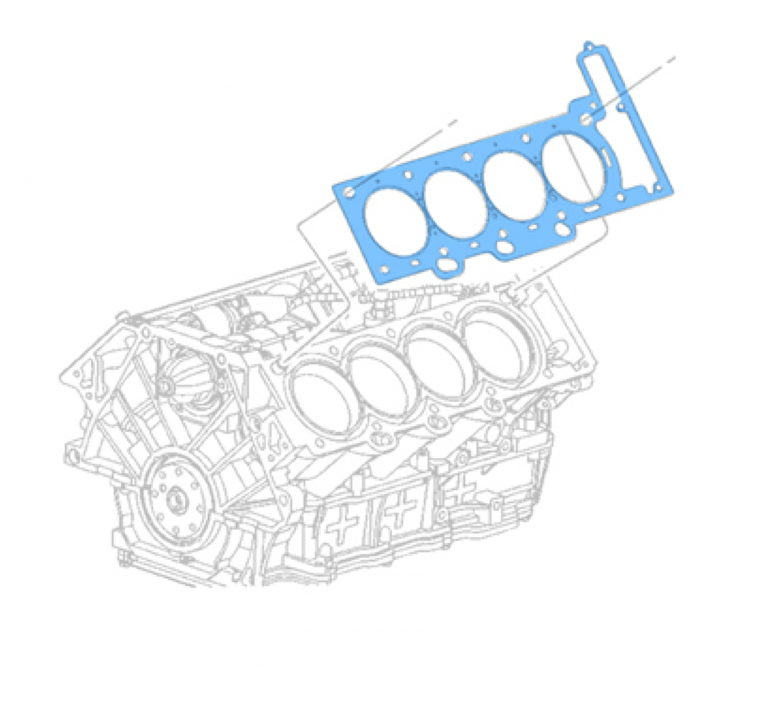5.1 - Diagnosis
Cooling System Diagnosis
Always confirm the complaint by road-testing the vehicle first. Make sure the engine has reaches normal operating temperature. Activate the climate control mode door knob from defrost to the floor position. Move the temperature knob from cold to hot. Check the blower motor operation at all speeds including airflow restriction through the vents. This will help direct the diagnosis and reduce diagnostic time.
Perform a complete visual inspection of the cooling system components. Before condemning the radiator, properly inspect and test the cooling system accordingly to the manufacturer's recommendations.
Pressure test to the system. The cooling system must be leak-free and capable of maintaining pressure. Perform a radiator cap pressure test. The pressure tester has adapters to be able to fit all caps and ensure the vent is operational. Caps have the pressure specifications stamped on the cover; if not, check the specifications found in the appropriate service manual.
A cooling system problem can cause multiple failures. The first one will be cylinder head gasket leak: the main cause of head gasket failure is overheating but how does this process work? When the cooling system is unable to release the heat generated by the engine, the coolant liquid will start to boil. The boiling liquid creates air pockets that will usually be lodged in the upper portion of the engine such as the cylinder heads. As is well known in physics, vapor cannot absorb heat which causes cylinder head and gasket failure.
